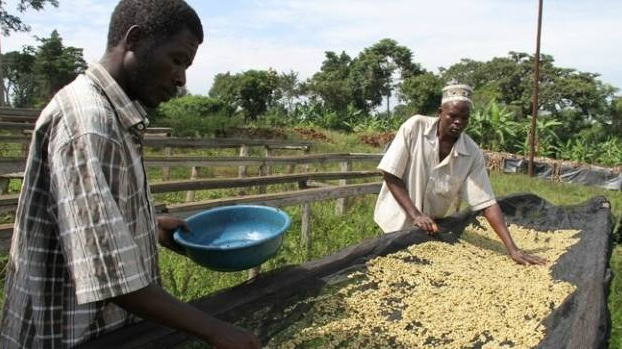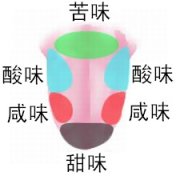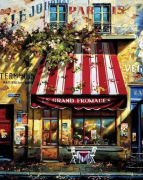Why Africans Don't Drink Coffee
One thing I am very curious about is that coffee comes from Africa, but in many parts of Africa, especially in small towns and villages, few people drink coffee. But after a trip to Uganda, the hometown of coffee, this question can basically be answered.

There are many coffee farms in the village of Budadiri in Mombali, a small town near the Kenyan border in Uganda. Among them, coffee farmer Jaja Kate owns hundreds of thousands of coffee trees. September to December is the coffee harvest season. I follow him to pick red coffee beans on the coffee farm. At first glance, these ripe coffee beans look like small cherries, the color is very attractive.
Jaja Kate is very talkative and happy to live. He takes the children to pick coffee beans and sing songs. The whole family, like relatives, revolves around these coffee trees every day and knows the growth of each tree like the back of their hand.

Coffee originated in Ethiopia in Africa, and then moved to Yemen in the Arab region of the Middle East, so some people call it "Arabik". Then it spread to Java, Indonesia, and from there to Latin America. African coffee was previously grown in Congo, Uganda and other places, for Robster coffee, and a kind of coffee grew in Liberia, for Liberia. In 1753, Swedish botanist Carl van Linnay divided coffee into three original species: Arabica coffee (about 70% of the world's coffee), Roberts coffee (used to account for 25% of the world's coffee), and Liberica coffee, which is now almost unknown.
According to Jaja Kate, the conditions of well-cultivated coffee trees are very strict: sunshine, rainfall, soil, climate and so on will affect the quality of coffee. Sunshine is an essential element for the growth and fruiting of coffee trees, but strong sunlight will also affect the quality, so at this time, we need the surrounding banana trees, mango trees and other help to block the sun in order to achieve a natural balance of sunshine.

At present, the coffee grown by Jaja Kate belongs to Arabica coffee, which is also an excellent coffee bean, of course, it is related to the soil and temperature in this area. As a result, he was very proud, but when asked if he drank coffee, he said that it was only occasionally and not a daily necessity.
"since you deal with coffee beans all the year round, why don't you like coffee?" I asked him.
"although coffee beans originated in Africa, drinking coffee is not a hobby inherited by our ancestors. We didn't have baking skills. At that time, at best, we mashed the dried coffee beans by hand and added some boiled water to drink. In fact, we like to chew sun-dried coffee beans best. Including in the national engagement and marriage ceremony, the woman's family is to send dried coffee beans to the man's family and connect the hearts of the two families with coffee fruits. This is our real traditional custom. "
Now I finally understand why coffee drinking is not as popular locally as in Europe and the United States. Of course, in addition to the more difficult baking technology, there is another very important reason. Local people make a living by selling coffee beans, so they are not willing to drink high-quality coffee beans themselves. Moreover, people can also appreciate the pleasure of chewing coffee beans without losing the aroma of caffeine.
Finally, I had a chance to participate in the engagement ceremony of the Buganda people. In the last item of the ceremony, the woman's parents really handed the dried coffee beans into the hands of the groom and his relatives. After that, everyone shared the joy of chewing coffee beans, which also indicates that the marriage can continue peacefully and beautifully.
(this article is transferred from the network)
Important Notice :
前街咖啡 FrontStreet Coffee has moved to new addredd:
FrontStreet Coffee Address: 315,Donghua East Road,GuangZhou
Tel:020 38364473
- Prev

Tasting knowledge of Fine Coffee
Rumor: the specific area of the tongue specializes in a sense of taste, the tip of the tongue is the most sensitive to sweetness, the root of the tongue is the most sensitive to bitterness, and both sides of the tongue are responsible for tasting sour and salty taste. This is what people often call a taste map. The plausible truth of taste map: the theory of taste map has been around for decades. In fact, the cells that distinguish all kinds of taste exist in every taste bud.
- Next

Parisian boutique coffee is not necessarily for drinking.
If you think coffee is for drinking, then you must have never been to Paris. In the streets of Paris, a cup of coffee, a seat, maybe an afternoon. I think there is no other city in the world that gives you such a leisurely feeling like a cafe in Paris. Many people say that the French carve their pride into their bones, their romance on their faces, and their feelings.
Related
- Beginners will see the "Coffee pull flower" guide!
- What is the difference between ice blog purified milk and ordinary milk coffee?
- Why is the Philippines the largest producer of crops in Liberia?
- For coffee extraction, should the fine powder be retained?
- How does extracted espresso fill pressed powder? How much strength does it take to press the powder?
- How to make jasmine cold extract coffee? Is the jasmine + latte good?
- Will this little toy really make the coffee taste better? How does Lily Drip affect coffee extraction?
- Will the action of slapping the filter cup also affect coffee extraction?
- What's the difference between powder-to-water ratio and powder-to-liquid ratio?
- What is the Ethiopian local species? What does it have to do with Heirloom native species?

